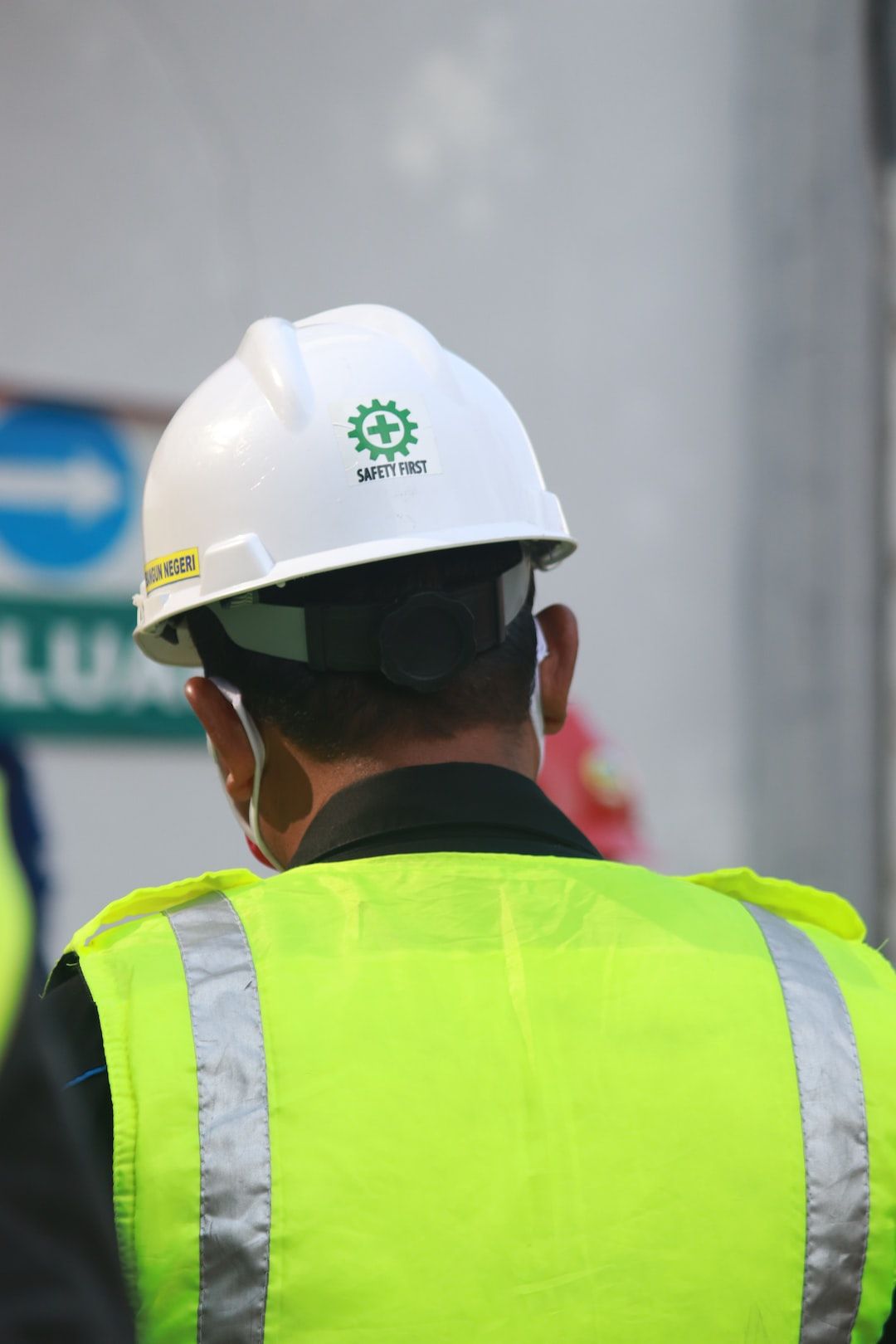The EX Files

Why personas at BAE Systems?
“We needed to be more proactive in our approach”
BAE were just beginning to set out their employee experience agenda when the pandemic hit. Lockdown instructions meant the business needed to start listening to employees quickly to respond to the challenges of working from home; from the practical considerations such as equipment, to personal challenges such as juggling childcare, or even supporting those on international secondment to navigate the changing travel restrictions.
This team started in the Air Sector of BAE, but it became abundantly clear that so many of the things they were hearing were being faced by employees across the entire business. It needed the team to grow and to scale across ninety thousand people across forty different countries. And as the scope broadened beyond the initial pandemic response, the team applied what it had learned from ‘employee voice’ to develop a new and ambitious employee experience strategy.
The first thing they realised: listening was no longer going to be enough. Employee voice was valuable, but it was too reactive. It involved waiting for something to happen and then applying the sentiment. As the team scaled, they recognised the need for a proactive approach to employee experience which put them in the shoes of the people they were designing solutions for. To do this, they would need a new set of tools to fully understand what people were looking for and what mattered most to them. Personas were a natural response to this need.
This team started in the Air Sector of BAE, but it became abundantly clear that so many of the things they were hearing were being faced by employees across the entire business. It needed the team to grow and to scale across ninety thousand people across forty different countries. And as the scope broadened beyond the initial pandemic response, the team applied what it had learned from ‘employee voice’ to develop a new and ambitious employee experience strategy.
The first thing they realised: listening was no longer going to be enough. Employee voice was valuable, but it was too reactive. It involved waiting for something to happen and then applying the sentiment. As the team scaled, they recognised the need for a proactive approach to employee experience which put them in the shoes of the people they were designing solutions for. To do this, they would need a new set of tools to fully understand what people were looking for and what mattered most to them. Personas were a natural response to this need.

What do they look like and how are they used at BAE Systems?
"It encourages the conversation of how we manage this”
Instead of being role-based, BAE developed new persona models which looked at the underlying motivations of the person. Going beyond the surface-level identifiers such as the department they work in or the years they have in the business, it gets much more to the heart of what the person wants and how they operate best.
To work out what personas were in BAE, the team launched a series of interviews and workshops to speak to employees across the company. Questions were broad: ‘what are your best experiences at work?’, ‘What does a great day look like for you?’ or ‘Do you prefer a blank piece of paper, or a task list?’. Working with outside consultants, People Lab, they were able to examine the positive behavioural information and output a series of persona profiles for the organisation – which were then tested and refined.
To work out what personas were in BAE, the team launched a series of interviews and workshops to speak to employees across the company. Questions were broad: ‘what are your best experiences at work?’, ‘What does a great day look like for you?’ or ‘Do you prefer a blank piece of paper, or a task list?’. Working with outside consultants, People Lab, they were able to examine the positive behavioural information and output a series of persona profiles for the organisation – which were then tested and refined.
BAE have now settled on 7 persona profiles;
Each has its own ‘personality’ and motivations. These profiles are distinct and can sometimes have conflicting approaches or attitudes to a project or piece of design. And while they are distinct, you don’t sit in that role permanently. You can change from an Appreciate Me to a Forgotten over time or in different scenarios – so the team is mindful to properly identify personas in initial consultations.
Interestingly, the Saboteur wasn’t initially included in the personas that were tested. The team had felt that the behaviour profile within the Saboteur could sometimes be found in other personas, and so they left it out. But early feedback made clear that people felt that this persona was missing – and so it’s been reincluded ever since.
By explicitly addressing each persona – which comes with both positive and negative traits – it encourages a conversation around how and when a project may need to be actively managed. For example, evaluating if there are enough Saboteurs in the community to warrant early engagement before a project starts, or whether the eagerness of the Enthusiast to embrace new systems could be harnessed to help influence a project favourably.
- Enthusiast
- Statesperson
- Appreciate Me
- Forgotten
- Safe Pair of Hands
- I’ve Got a Lot to Learn
- The Saboteur
Each has its own ‘personality’ and motivations. These profiles are distinct and can sometimes have conflicting approaches or attitudes to a project or piece of design. And while they are distinct, you don’t sit in that role permanently. You can change from an Appreciate Me to a Forgotten over time or in different scenarios – so the team is mindful to properly identify personas in initial consultations.
Interestingly, the Saboteur wasn’t initially included in the personas that were tested. The team had felt that the behaviour profile within the Saboteur could sometimes be found in other personas, and so they left it out. But early feedback made clear that people felt that this persona was missing – and so it’s been reincluded ever since.
By explicitly addressing each persona – which comes with both positive and negative traits – it encourages a conversation around how and when a project may need to be actively managed. For example, evaluating if there are enough Saboteurs in the community to warrant early engagement before a project starts, or whether the eagerness of the Enthusiast to embrace new systems could be harnessed to help influence a project favourably.
"It’s become our lingo"
BAE are still implementing personas into their EX strategy, but it’s already had two immediate impacts:
1. It cuts out duplication:
Where previous projects would begin with developing an entirely new set of personas, instead the team identifies which persona models are evident within the team they are working with, and then assign the correct solutions for those persona types.
2. It speeds things up:
They’re a quick glance for senior leaders to ensure they are thinking about all the applicable people before making a decision. During conversations in the office, they will often ask: “have I thought about how a Safe Pair of Hands feels about it?” Or “have I considered how the Enthusiast might react?”
1. It cuts out duplication:
Where previous projects would begin with developing an entirely new set of personas, instead the team identifies which persona models are evident within the team they are working with, and then assign the correct solutions for those persona types.
2. It speeds things up:
They’re a quick glance for senior leaders to ensure they are thinking about all the applicable people before making a decision. During conversations in the office, they will often ask: “have I thought about how a Safe Pair of Hands feels about it?” Or “have I considered how the Enthusiast might react?”
The deeper understanding that these behaviour personas provide not only informs solution design, but also helps the team strategise on how they can ensure those solutions are embedded. This is being achieved with the development of ‘EX Custodians’ who will be trained up to use these personas to help deploy a sustainable approach to positive change.
Company: BAE
Company: BAE
Sectors: Defence, Aerospace and Security
Size: 90,000 employees across 40 countries
What impact have personas made at BAE Systems?
Persona fact box
What is a persona?
A persona is a fictional ‘character’ that represents a particular group of employees within an organisation. Personas are created through research and analysis of employee data, including demographics, behaviour patterns, and job roles, and are used to better understand the needs, preferences, and pain points of employees.
By using personas, organisations can design employee experiences that are tailored to the unique needs of different groups of employees, resulting in higher engagement, satisfaction, and productivity.
Personas are an accessible and relatable way for HR professionals and employee experience designers looking to improve the overall employee experience at their organisation; it is a fast and friendly tool to assist designers from the very beginning of the process to put themselves in the shoes of the people they are designing for.

